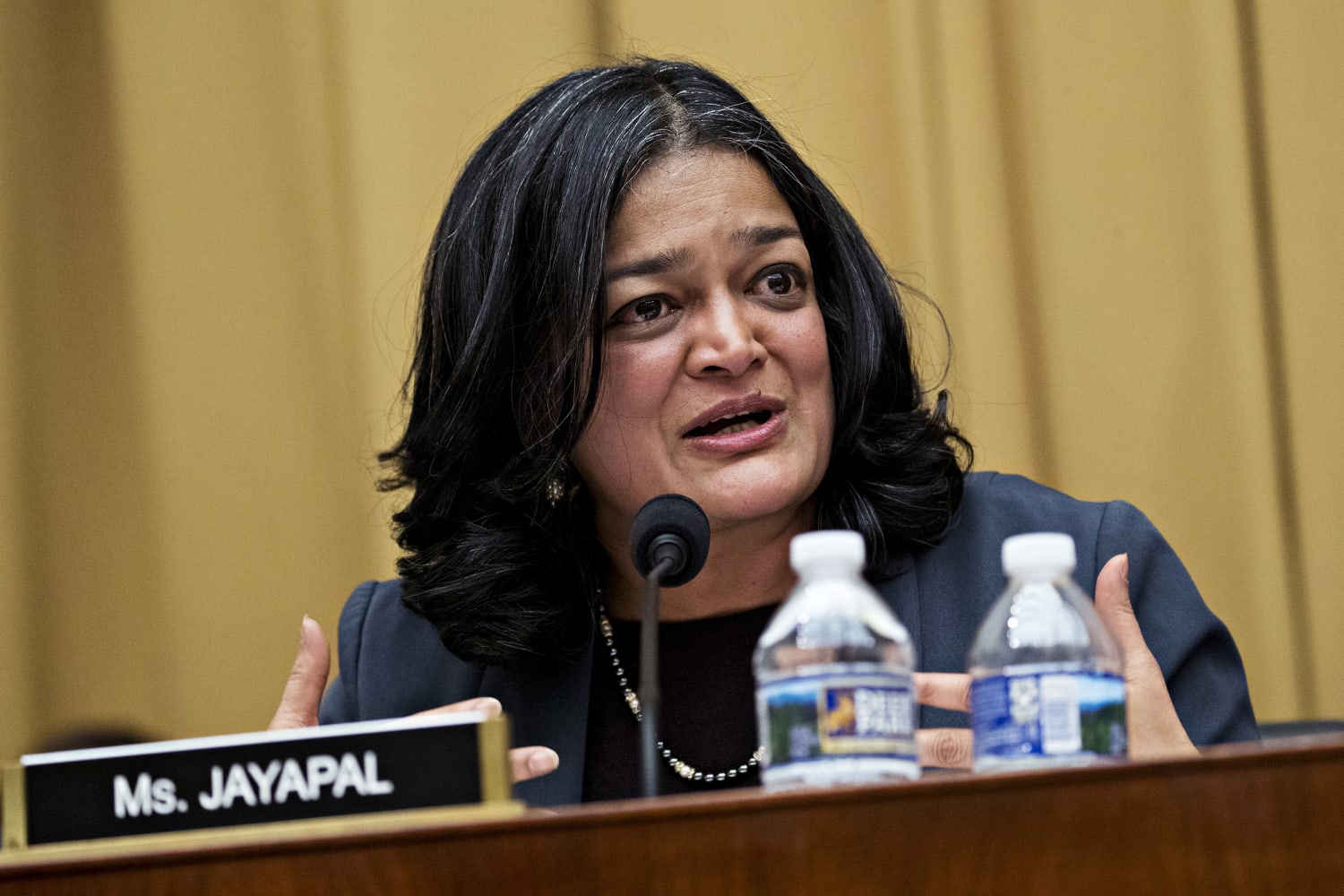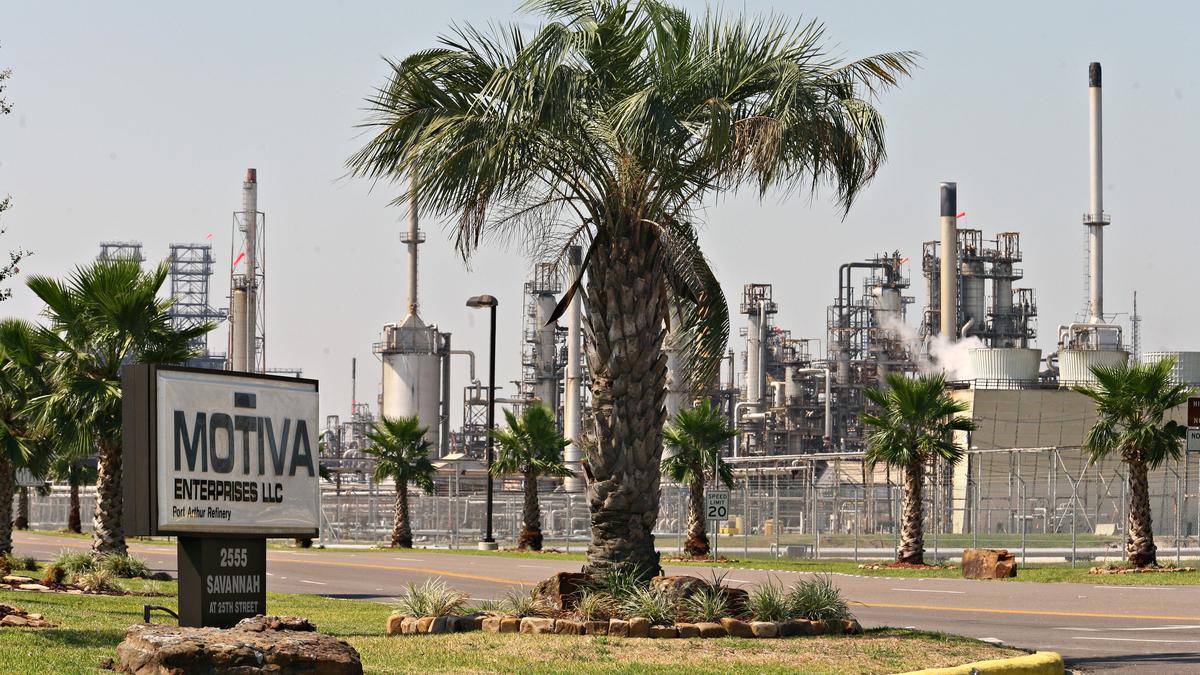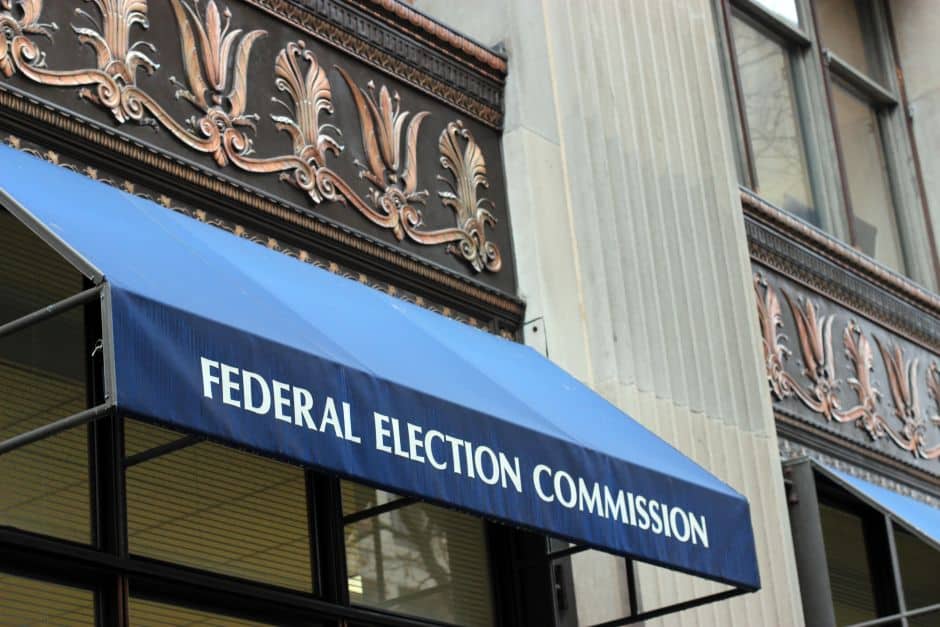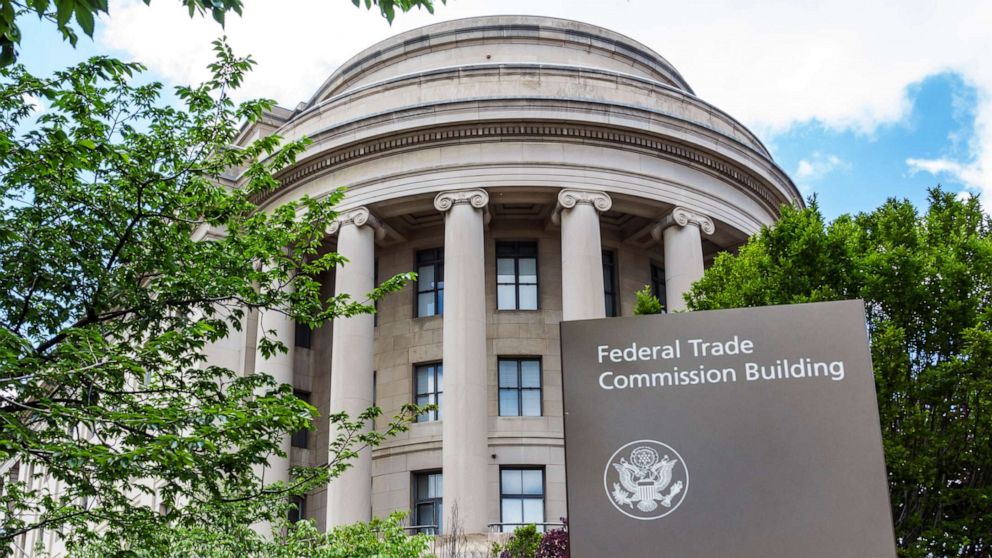
One big difference between street crime and corporate crime is that drug dealers, burglars and arsonists generally are not able to influence the way their misdeeds are investigated and prosecuted.
Corporate violators, on the other hand, can use lobbying and campaign spending to push for policies that may make it less likely their wrongdoing will be detected or will be treated more leniently if it is discovered.
Much of this business effort is exercised through trade associations, and probably the biggest influencer of them all is the U.S. Chamber of Commerce. As is highlighted in a new report from Public Citizen, the Chamber has been an outspoken opponent of the Biden Administration’s plan to adopt a more aggressive posture toward corporate misconduct.
It has been especially critical of a new approach being taken by the Federal Trade Commission, which voted in November to expand its criminal referral program. While the FTC itself can bring only civil actions, the agency can pass on evidence of corporate criminality to the Justice Department—and now it will be doing more of that. The Chamber accused the FTC of “waging a war against American businesses” and vowed to “use every tool at our disposal, including litigation, to stop its abuse of power.”
The Public Citizen report demonstrates why the Chamber is so agitated: many of its leading members have been involved in significant cases of malfeasance in the past and are likely to be similarly embroiled in the future.
Using extensive data from Violation Tracker, the report shows that the known members of the Chamber have been involved in thousands of civil and criminal matters and have paid more than $150 billion in fines and settlements.
Three major banks—JPMorgan Chase, Citigroup and Wells Fargo—alone account for $81 billion in penalties, and the pharmaceutical industry another $26 billion.
While these numbers represent all forms of misconduct, Public Citizen gives special attention to the 19 Chamber members that have been involved in criminal cases. Among them are Amgen (illegal drug promotion), Bayer (price-fixing) and Zimmer Biomet (Foreign Corrupt Practices Act).
The report notes that at several other Chamber members such as American Express are reported to be targets of current criminal investigations.
Public Citizen looks at overall corporate rap sheets, but given the Chamber’s hyperbolic statements about the FTC, it is worth zeroing in on cases brought by that agency.
As Violation Tracker shows, the FTC has fined companies over $14 billion since 2000. More than one-third of that total comes from a single case brought against a Chamber member. Facebook, whose parent company is now called Meta Platforms, was penalized $5 billion in 2019 for deceiving users about their ability to control the privacy of their personal information.
Other Chamber members involved in significant FTC cases include: Citigroup, which paid $215 million to resolve allegations that two of its subsidiaries engaged in deceptive subprime lending practices; Alphabet, whose Google subsidiary paid $136 million for violating rules regarding the online collection of personal data on children; and AT&T, whose AT&T Mobility subsidiary paid $80 million to the FTC to provide refunds to consumers the company unlawfully billed for unauthorized third-party charges.
These were all civil matters. The Chamber is apparently worried that such cases could now result in referrals to the Justice Department for criminal prosecution, especially since the DOJ is vowing to bring more such actions.
The next few years will be a test of whether more aggressive regulators and prosecutors can overcome the power of the corporate crime lobby.




:max_bytes(150000):strip_icc()/48126619532_f99720960b_k-4440c9ca18eb40d39353e807e7cd56ba.jpg)



